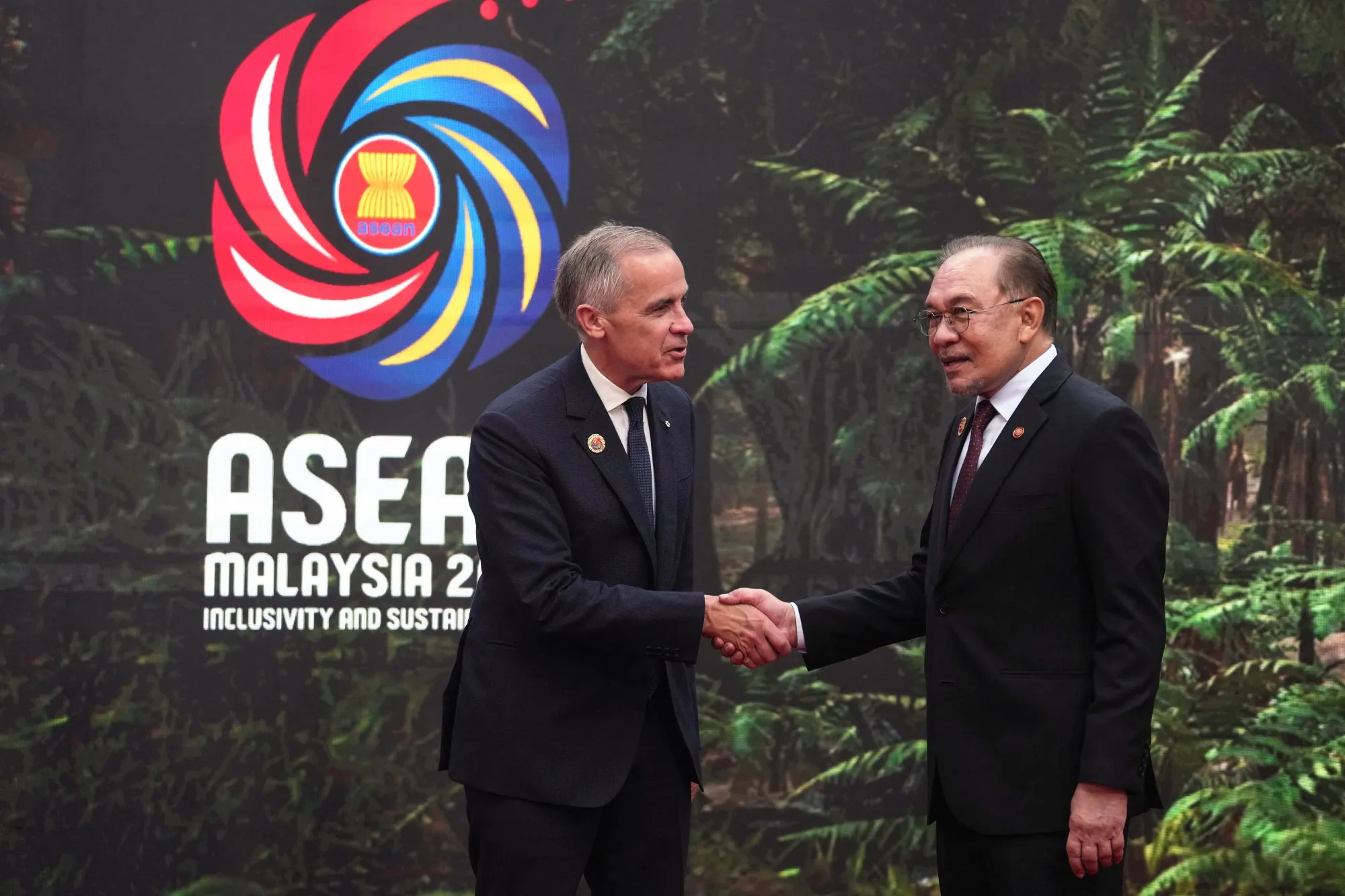Premier of Ontario Doug Ford speaks to media during the First Minister’s Meeting in Saskatoon on Monday, June 2, 2025. THE CANADIAN PRESS/Liam Richards
This Op-Ed was published in QP Briefing on June 3, 2025
For too long, Canada has treated skilled immigration and interprovincial mobility as parallel tracks when, in fact, they are deeply interlinked. The Agreement on Internal Trade (AIT) and its successor, the Canadian Free Trade Agreement (CFTA), were meant to allow people, not just goods and services, to move freely across this vast country. However, for far too long, internal barriers to labour mobility remained stubbornly intact, and though provinces are making commitments to remove those barriers, action is long overdue.
Ontario, as the largest economic engine and most diverse province in the federation, has the means, moral authority, and strategic imperative to pilot a new model that harnesses the untapped power of internationally trained individuals (ITIs) already living within our borders.
The AIT and CFTA labour mobility provisions represent a revolutionary, if underutilized, idea: that a certified worker in one part of Canada should be able to work in another without having to start over. For many Canadians, especially those in regulated professions, barriers remain; for skilled immigrants, those regulations are often a cruel joke.
Ontario can change that and is taking steps in that direction. On April 16, the Ontario government announced the Protect Ontario Through Free Trade Within Canada Act (Bill 2), which, if passed as expected, will recognize out-of-province worker certification and require decisions on the application within 30 calendar days.
To illustrate how Ontario can lead and make a difference: Alberta and Saskatchewan are facing acute shortages in health care and skilled trades, British Columbia is grappling with a critical lack of early childhood educators, Ontario, meanwhile, is home to tens of thousands of internationally trained professionals who are either unemployed or grossly underemployed in these sectors.
Ontario has signed memoranda of understanding (MOU) with Saskatchewan, Alberta, PEI, Manitoba, N.B., and N.S. and is working with the remaining provinces and territories to reach an agreement. The agreements aim to reduce trade barriers. As part of those MOU, Ontario should initiate Trusted Labour Mobility Compacts (TLMCs) that would do three things:
- Mutual Recognition of Experience and Training: Establish common standards to recognize prior learning and international credentials in key sectors like healthcare, education, construction, and technology.
- Portable Licensing Frameworks: Create sector-specific pilot programs that allow for provisional licenses valid across jurisdictions, paired with supervised practice or micro-upskilling pathways where necessary.
- Joint Workforce Deployment: Develop coordinated talent pipelines to match resident ITIs with employer demand across multiple provinces, backed by shared investment in pre-departure orientation and relocation support.
Canada’s economic prosperity must decouple the idea of immigration as a volume exercise and reframe it as a value exercise. Ontario’s leadership can help us do exactly that by extracting more value from the immigrants who have chosen Canada as their new home.
According to Statistics Canada, over 60 per cent of internationally trained immigrants in regulated professions are working in jobs that underutilize their skills. That is not a skills shortage—that is a political failure.
Ontario can lead the charge in correcting this imbalance, and the AIT/CFTA provides the legal framework to begin. Let’s stop waiting for Ottawa to fix what is inherently a subnational problem. Provinces control professional regulation. Provinces own training infrastructure. Provinces are closest to both the talent and the employers.
The agreements that Ontario is making with other provinces must include shifting labour where it’s needed and aligning training with real-world demand.
Imagine a world where a nurse trained in Kerala, living in Ajax, can quickly be licensed in Nova Scotia, work in Halifax, and return to Ontario a year or more later with her credentials fully intact and her Canadian experience recognized. That is what a truly mobile, modern workforce looks like.
We’ve spent decades building immigration programs to attract global talent. Now we need to build the infrastructure of trust to deploy it, not just where the immigrants land, but where the work is.
If Ontario makes talent mobility real, then we will unlock the true promise of Canadian opportunity—not just for those we welcome tomorrow, but for those we’ve already failed to honour today.
Kumaran Nadesan is the Co-Founder and Deputy Chairman of the 369 Global group of companies.





